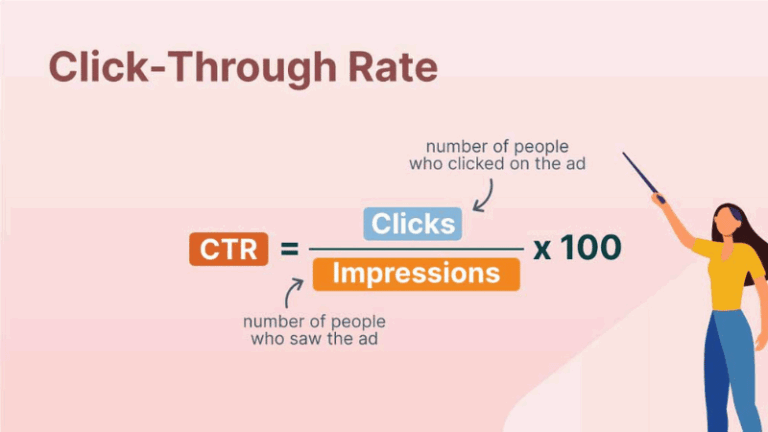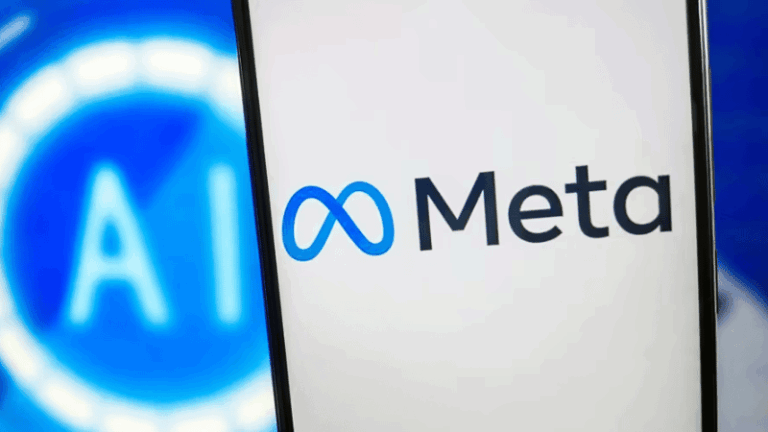Have you ever wondered why your Meta ad campaigns sometimes work and other times fail miserably? Why are there days you spend thousands of dollars without a single conversion, while on other days you see unexpected profits?
Most people think they understand the Meta algorithm, but the truth is entirely different. You’re approaching it incorrectly. This blog post will completely change your perspective by revealing the secrets behind how the Meta algorithm works and how it determines where to spend your money. With the latest updates, we hope this article provides you with the knowledge you need for advertising success. Let’s dive in.
The algorithm’s foundation: Two key decisive factors
When you set up a Facebook ad campaign on Meta with goals like cost cap, bid cap, or target ROAS, there are exactly two factors the algorithm uses to evaluate and deliver your ads. Unfortunately, most advertisers only focus on one of them and ignore the other, the most important one.
Factor 1: Expected Click-Through Rate (eCTR)

This part is quite simple and easy to understand. You can think of this as the ad’s first test. Meta will look at your ad creative (images, videos, text, headlines) and predict how many people out of 100 will click on it.
What’s amazing is how fast Meta does this. With the cost of an impression being almost zero, Meta can quickly distribute your ad to thousands of users within just a few minutes. From this, it gets a very reliable eCTR based on actual click behavior. This process happens very quickly and accurately, similar to flipping a coin hundreds of times to see if it’s balanced. If your ad has a high eCTR, meaning many people are clicking on it, Meta will see this as a good sign, indicating the ad has initial appeal.
Factor 2: Expected Conversion Rate (eCVR)
This is the ‘plot twist’ of the story, and where 99% of advertisers get it wrong.
Many of you believe that Meta waits for someone to purchase your ad before learning the conversion rate and using that data to predict the future. I used to think that way too! When a new campaign started, I would eagerly wait for the first conversion to “guide” the algorithm.
But that’s a completely wrong way of thinking. If Meta had to wait, every new campaign would fail from the start because there wouldn’t be enough data to learn from. The algorithm would have to wait for hours, or even days, while your competitors were already far ahead. So how do they predict this conversion rate even when no one has made a purchase yet?
The answer lies in an extremely important concept: “priori knowledge,” or prior.
The Power of “Prior Knowledge” and Engagement Signals

Instead of starting from scratch, Meta approaches your ad account with a massive treasure trove of data. This data has been built from trillions of ad interactions from millions of businesses over the past 15+ years.
When your ad is launched, Meta doesn’t just look at it superficially. It immediately compares your ad to millions of previously stored behavioral patterns. Specifically, Meta uses engagement signals to predict purchasing behavior.
For example:
- Meta knows that a person who watches 75% of a product video is X times more likely to purchase than a person who only scrolls past in 2 seconds.
- A person who shares an ad is X times more likely to convert than someone who just “likes” it.
- Different demographic groups have completely different shopping behaviors.
How does Meta read these engagement signals?
Deciphering Micro-Signals
Meta’s machine learning system, considered one of the most sophisticated in the world, constantly analyzes dozens of micro-signals from how users interact with your ad.
These signals include:
- Video watch time: The difference between a person watching 4 seconds versus 5 seconds is recorded.
- Share rate: The frequency of shares of the ad relative to its impressions.
- Stop-scrolling time: How often users pause to view the ad instead of scrolling past it.
- Landing page behavior: How long users stay on the website after clicking, whether they browse other products, or exit immediately.
- Comments, likes, and reactions: The type of emotion users express.
The simple formula for everything: eCPA
All of the engagement signals we’ve discussed are fed into a simple yet powerful formula:
eCPA=AdSpend×eCVR
Where:
- eCPA (Expected Cost Per Acquisition): The predicted cost to acquire a new customer.
- Ad Spend: Your advertising budget.
- eCVR (Expected Conversion Rate): The predicted conversion rate.
This formula explains how Meta decides to spend your budget. When you set a cost cap at a certain level (e.g., $15), Meta estimates the ad’s eCPA. If the projected eCPA is lower than your cost cap, Meta will continue to deliver your ad. Conversely, if the projected eCPA rises above the cost cap, Meta will “put the brakes on” and slow down spending to avoid exceeding your limit.
This is why you might see an ad perform well from the start without any conversion data. Meta isn’t ‘guessing,’ it’s simply using early engagement signals to predict a user’s likelihood to purchase
Why does the system sometimes fail miserably?

Even though the Meta algorithm is incredibly sophisticated, it can sometimes be mistaken. This is where the story of a political controversy comes in.
There was an ad campaign that unintentionally became associated with a controversial event. The ad received thousands of shares, comments, and interactions, not because users liked the product, but because they wanted to discuss or protest the related issue.
In this case, the engagement signals tricked the algorithm. Meta saw a massive amount of interaction and mistakenly thought the ad was performing extremely well with high conversion potential. It aggressively ramped up distribution and “burned” thousands of dollars in budget in a single day.
However, this is a rare example. In the long run, Meta will recognize that despite the high engagement, no one is making a purchase. The algorithm will gradually adjust its predictions and reduce spending on that ad.
This adjustment happens slowly and cautiously. This is a feature, not a bug. Just as you wouldn’t conclude that a coin always lands on heads after six straight flips, Meta also waits for consistent behavioral patterns across large data sets before making any major changes. This helps to stabilize your campaigns and prevents overreactions based on anomalous days.
Practical advice for advertisers
So, what should you do with this knowledge?
Trust the system (99% of the time): The Meta algorithm is built on an amount of data that is incomparable to what any human can process. If your cost cap or target ROAS is performing well, trust that the algorithm has made a good prediction. Don’t panic and change your campaign just because of one or two days of low performance.
Recognize warning signs: Be wary of the rare cases that can trick the algorithm.
Unusually high CTR but low conversion rate: Your ad might be attracting curiosity that is unrelated to the product.
Lots of comments that are irrelevant to the product: This is a clear sign that the engagement signals are skewed.
If you suspect your ad is being influenced by an external event, move it to a separate ad set with a lower budget and limit to monitor it.
Focus on creative quality: Since Meta is so good at reading engagement, your job is to create ads that attract the right kind of engagement. An ad that gets 100 shares from potential customers is far more valuable than one that gets 1,000 interactions from people who will never buy. Focus on quality, not quantity.
Use this knowledge to interpret performance:
- If a newly launched ad immediately receives good interaction and Meta spends heavily, that is usually a positive sign.
- Conversely, if Meta spends very little even though you’ve set a high bid cap, don’t rush to conclude that the algorithm is broken. The engagement signals are likely telling Meta that the ad won’t convert well.
Final Conclusion
Meta doesn’t wait for conversion data to evaluate an ad. It uses engagement signals and its vast data trove to predict conversion rates before they happen. The algorithm’s slow and cautious approach to updating its predictions is protecting you from making hasty decisions based on noisy data. Your job is to create compelling ads and offers that attract the right target audience, and then trust the algorithm to optimize based on the signals it collects. We hope this knowledge has completely changed how you view advertising on Meta.